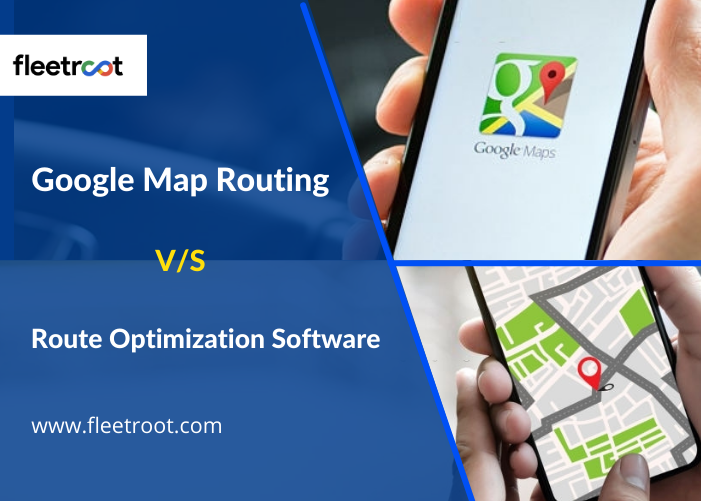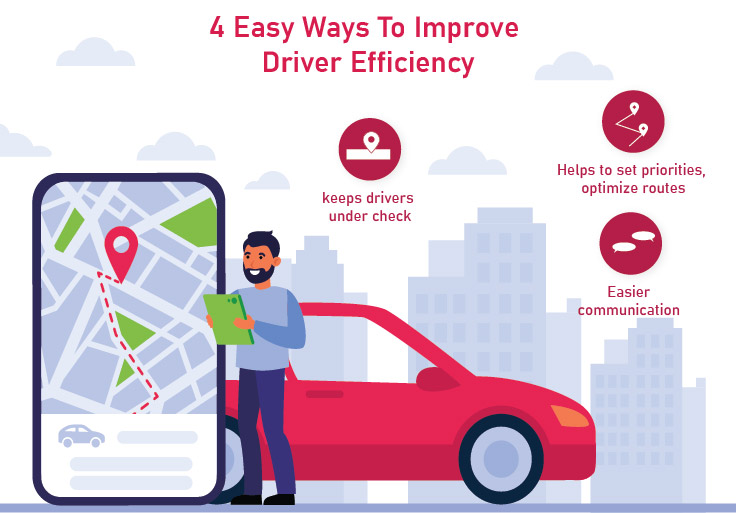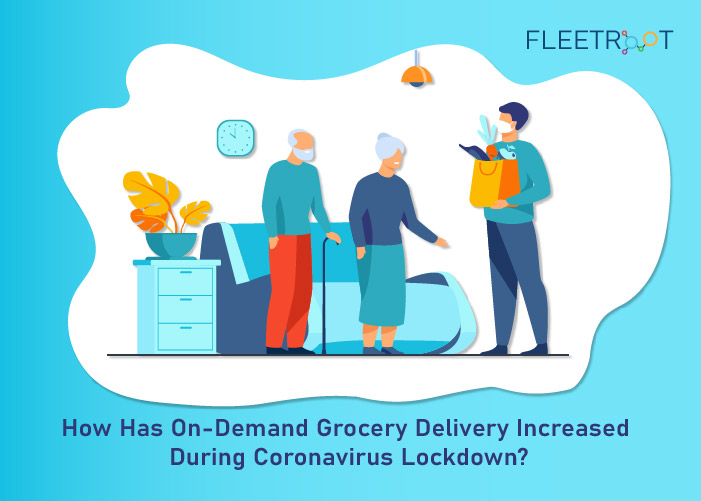Executive Summary
Today’s complex business processes and operations demand that you plan your objectives, operations, and resources well in advance. Proper planning across all elements of your business – top-line, resource management, execution, monitoring, and control – is Critical-to-Success and it is no different in the world of Logistics and Distribution.
Fleet Managers that manage fleets of various sizes for their daily deliveries (from small to large companies) greatly benefit from using automated planning tools like Google Maps and other available Route Optimization Software. Each has its place, and depending on the scale and complexity of your business operations, you could choose one over the other.
What is Route Optimization?
For Logistics and Distribution Companies that manage large fleets and numerous deliveries every day, it is important to optimize their routes, the number of deliveries, and stops per route. If not, the costs of their operations and their inefficiencies will result in disastrous consequences.
Fleet Managers use modern automated routing services such as Google Maps or other Route Optimization Software (or, Last-Mile Delivery Software) to automate their logistics activities, save costs and reduce human dependency.
How is Route Optimization Software different from Google Map routing?
Google Maps allow you to plan basic routes efficiently. For example, those with limited stops, drivers, routes, and customers.
However, when your deliveries span multiple stops, complex routes, and re-routes, varied fleet sizes with several drivers, order volumes, customer delivery timeframes (etc.), Google Maps will fall short. This is where you would require a route optimization system that employs modern automated techniques such as Artificial Intelligence and Machine Learning to identify the optimal sequence of stops in real-time after taking into account all the dynamic variables.
When can Fleet Managers use Google Maps to plan routes?
For simple routing requirements, Google Maps is among the best route planning tools available. It is fast, user-friendly for all types of users, gives you accurate ETAs, and, well, it is free!
Route Planning using Google Maps works well under the following scenarios:
- There are maximum of 5 stops on your route
- 1 driver per given area will suffice
- You don’t need to plan your routes under “constraints” i.e. cargo size, vehicle capacity, consumer delivery windows etc.
- Your destinations are far apart and you can eyeball their locations to figure out the most efficient delivery sequence for them
When should Fleet Managers look for alternatives to Google Maps?
If your schedule requires more than 5 stops on a route, then using Google Maps for route optimization becomes cumbersome and inefficient. If you have additional constraints (as mentioned above) the complications rise manifold. Under such scenarios, you are better off using an alternative to Google Maps if you encounter some of the problems below.
1. Sequence of deliveries: While Google Maps allows the user to decide the sequence of stops on a route, it doesn’t give you the most optimal one, all factors considered. Sequencing is generally the most critical aspect of optimizing the total distance traveled – and, therefore the time and cost of each trip – by a driver. Since route optimization software identifies the most optimal sequence of stops and thereby minimizes costs and maximizes efficiency, the mid to large-sized Logistics and Distribution companies prefer this option to Google Maps.
2. Multiple routes, multiple vehicles: Fleet Managers are forever faced with complex problems because they operate delivery schedules that need to make several deliveries across many routes with numerous stops on every path – while balancing out all the other constraints as described. Additionally, they need to often assign certain drivers to certain deliveries, specific cargos, etc.
Throw in additional variables like what point on which route will the required driver be located in relation to the next drop-off, available driver shift times vs. customers required delivery timeframe, whether the vehicle is suited for the delivery in question (e.g. fragile, refrigerated) and you can only imagine what a complex task it is. Clearly, without automated software, it is nigh impossible for humans to calculate this without spending unending hours for days at the end!
3. Routing constraints:
- Customers want their deliveries within defined timeframes (e.g. 10am-1pm)
- Driver availability, their workload, and shift times need to be accounted for while planning your deliveries. Or, you need to assign drivers with specific skill-sets or customer relationships for a delivery
- Vehicle capacity constraints (load carrying capacity, vehicle size and shape, refrigerated etc.)
- Optimize/minimize resource utilization e.g. use minimum number of drivers required
4. Complex operations: In addition to problems of route optimization, Fleet Managers are continually grappling with several other issues in managing delivery operations – especially, when at scale – and therefore, need better solutions than what is available on routes via Google Maps.
These include problems related to last-mile delivery management, cost optimization, driver safety and training, data analytics for insight, customer experience, process transparency and visibility, electronic-proof-of-delivery (ePOD)…the list goes on!
Business benefits of Route Optimization Software vs. Google Maps Route Optimization
- Efficient dispatching: Running a large delivery business that makes hundreds (even thousands) of deliveries every day, would be impossible for Fleet Managers to handle without a route optimization software. This helps them organize their daily deliveries by efficiently bunching orders together to tackle all the various factors such as type of vehicles, cargo size, traffic and weather patterns, number of stops, delivery timeframes, customer demands, and more
- Productivity increase: Route Optimization enables Fleet Managers to grow businesses and achieve scale but also allows them to constantly maintain costs and efficiency at the same time. Delivering more orders per day efficiently, cutting operating and fuel costs, reducing manpower requirements, minimizing vehicular time on the road, freeing up resources for usage in other activities, optimizing available work-hours – all these are examples that ultimately improve company productivity for firms that take route optimization seriously
- Transparency and visibility: Route optimization software uses tools like real-time tracking, dynamic analysis, and predictive alerts to allow Fleet Managers to constantly monitor movement of vehicular fleets. This ensures that they can not only follow through on planned schedules but also make changes (e.g. re-routing to avoid a sudden traffic jam) as soon as required
- Customer Satisfaction: After all has been said and done, the defining metric of every business is to keep their customers happy. Route planning ensures that all parcels are delivered on time and your customers kept suitably updated at all points of the process – ultimately, that’s what achieves customer satisfaction
Conclusion: As explained above, for Logistics and Delivery firms with complex, large-scale operations, using a Last Mile Delivery Software for Route Optimization is the best option.




